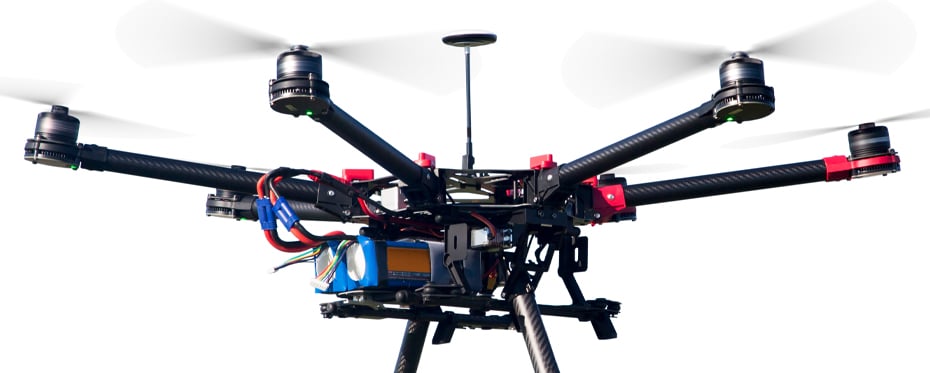Tag: Unmanned Aerial Vehicles
Improving the safety of unmanned aerial systems: A fuzzy logic–AI approach

With their ever-increasing capabilities and applications, the use of unmanned aerial systems (UAS) is set to soar. This creates an urgent need for solutions that safely manage UAS operations in congested low-altitude airspace. Some advanced UAS-control methods are based on reinforcement learning techniques, but these are not yet fully validated. Taking a fuzzy logic-based approach to this problem are Dr […]
Read More… from Improving the safety of unmanned aerial systems: A fuzzy logic–AI approach
Measuring an ecosystem’s response to climate change through sun induced fluorescence (SIF) in the Caatinga bioregion

Climate change is increasing global temperatures and the regularity and severity of droughts. Researchers are continually looking for innovative ways of measuring these effects on global ecosystems. The detection of chlorophyll fluorescence is one way of examining plants’ responses to environmental changes. Dr Edgard Bontempo and his team of researchers from FUNCATE and INPE aim to detect fluorescence through remote […]
Using drones to map marine litter on Portugal’s coastline

Portugal’s famous coastline consists of hundreds of miles of sandy beaches. It’s no surprise that urbanisation in the region – a result of tourism and fishing activities – has led to the accumulation of marine litter in these areas. But while local organisations focus their efforts on beach cleaning to keep tourist spots looking pristine, nearby sand dunes accumulate plastics, […]
Read More… from Using drones to map marine litter on Portugal’s coastline
Controlling UAV networks in uncertain environments

Unmanned Aerial Vehicles (UAVs) look set to play an increasingly important part in our everyday lives in the coming years, but the technology faces a unique set of challenges before it can become fully integrated into our infrastructures. In her research, Dr Yan Wan at the University of Texas in Arlington considers how these challenges can be addressed; paying particular attention […]
Read More… from Controlling UAV networks in uncertain environments